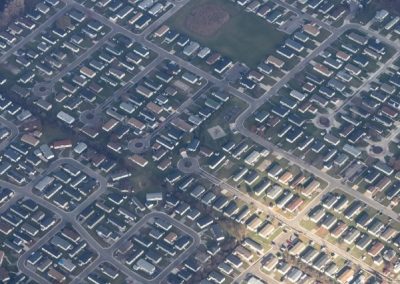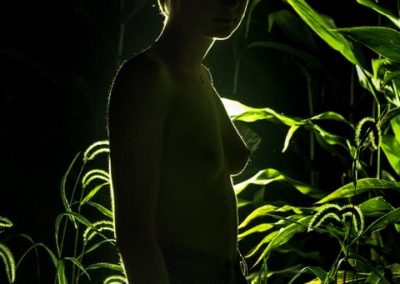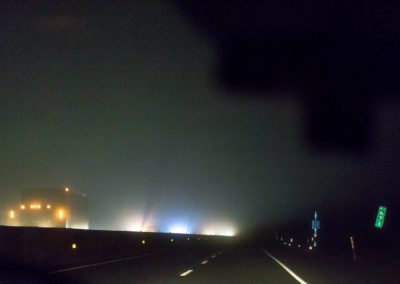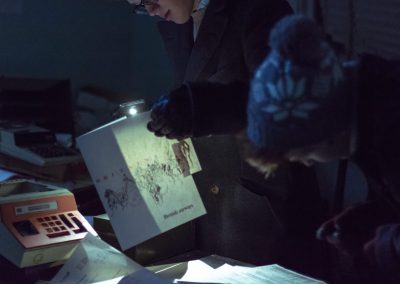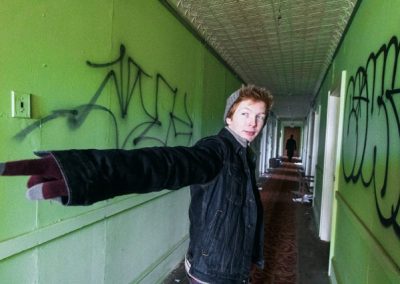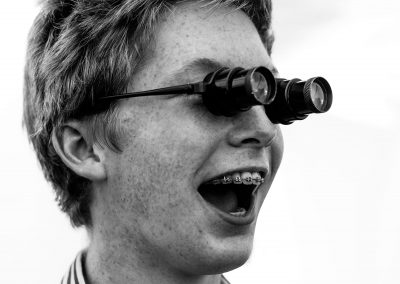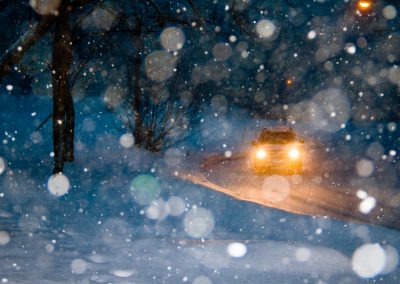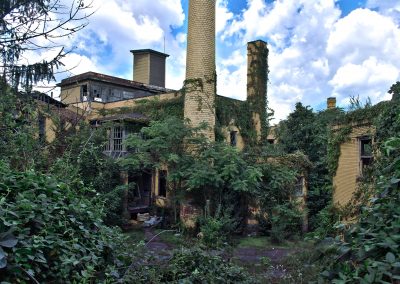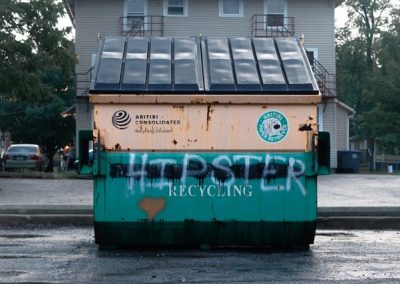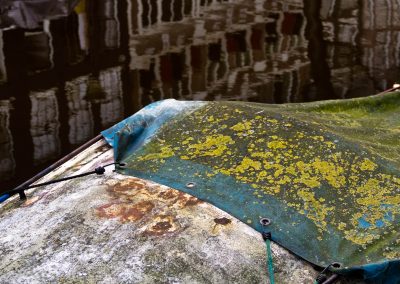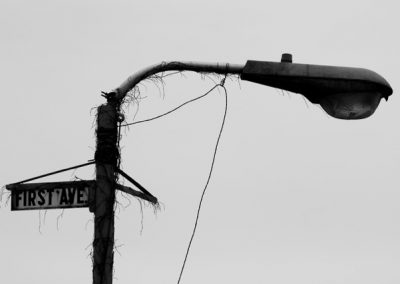Featured Artist
Pearse Anderson is a photographer and writer specializing in environments and environmental portraits. Previously, Pearse’s writing has appeared in Weird Fiction Review, OCCULUM, and Mouthful Montana while his photography can be found in places like The Tishman Review, Bop Dead City Review, and Bad Pony Magazine. His is currently in Oberlin, Ohio taking pictures of dead-end roads and studying fiction. He would like to dedicate this to Suzanne Overstreet, the smart woman in the yellow house. More of his work can be found at pearseanderson.com or on his @pearseanderson Instagram.
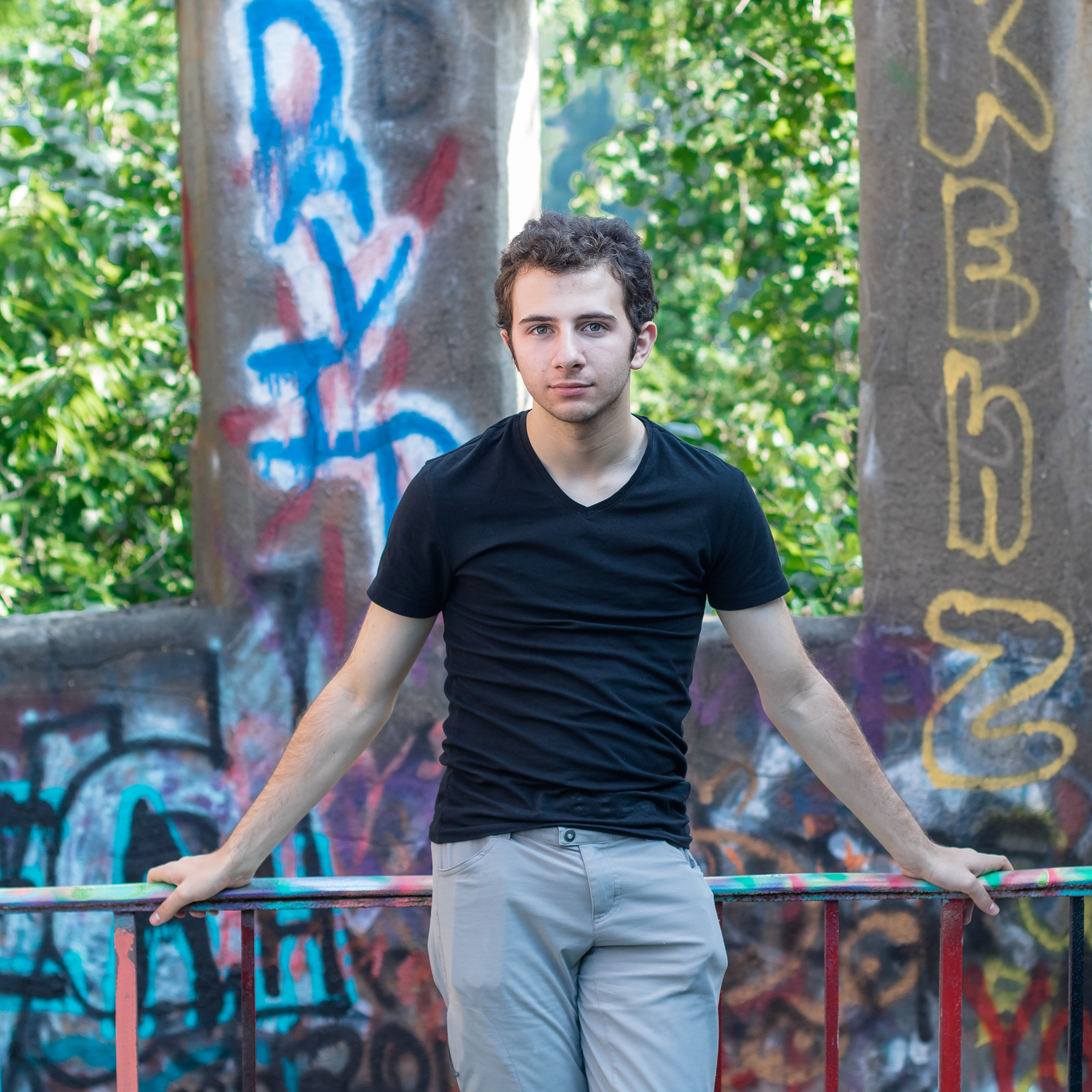
INTERVIEW
ANGLES: Hi Pearse–please introduce yourself!
PA: I am Pearse Anderson: mouselike, gothic, overly specific… that’s me. I’m a sophomore at Oberlin College where I am currently double majoring in Environmental Food Studies and Creative Writing. I have been taking photographs for a couple of years, starting when I created an Instagram to post daily photos. I’ve never been classically trained. I’m originally from Ithaca, NY, but many of these photographs were taken across New York State and Northeast Ohio.
ANGLES: What inspires your art, particularly the pieces you submitted to ANGLES?
PA: My art is inspired by observing light and how it changes with the day, season, angle, reflection, and intensity. Even when I don’t have a camera strap around my neck, I’m moving through my environments looking for how the sun streams through a bag or how car headlights cast this gorgeous haze of lighting across night roads. When I have a camera, I’m doing what I can to rearrange the light into ways I’ve seen and have loved (like I did with Nora in the cornfield). I also go through phases of experimentation, some of which can be seen here: I got quite into straightforward on-camera flash with photos of the snowstorm or the aggressive man at Coney Island. More recently I’ve been inspired by photographers who create analog-filmy work, like Isabel Fuentes or Johnny Keethon, to bring some texture and pulp into my work.
ANGLES: What does your process look like?
PA: My process depends on the client, but usually the mood of every photoshoot falls on a spectrum between art and entertainment. Sometimes a shoot can be just me lugging a tripod out into a field for some light-painting under the stars, where I have full creative control and not enough equipment to take the kind of photo I want. But these days I’m usually shooting on the move, surrounded by friends or peers. In those environments, I’m usually being prodded to take someone’s new profile picture or capture them spitting with great accuracy. These prompts can produce artistic photos, but the intent of the medium in the moment is to entertain my friends and document their youthful misadventures. Just the other week, I was practicing how to capture water droplets on people’s skin, and how shifting lighting conditions can change that. Before I could begin, my model’s roommate dropped into the shoot with three of his friends who proceed to hijack the event, oiling themselves with gel and water and asking for group portraits (this is more common in Oberlin than you might expect). The wavelength of the shoot had shifted from art to entertainment, where it stayed for the next hour. The photos were great—it was an exciting night, don’t get me wrong—but part of my process has to be navigating this spectrum and trying to craft, either during a shoot or in post-production, a piece of art that can speak to a larger universal theme. It’s easy and often necessary, though, to fall into documenting shit your friends do, y’know?
Nuts and bolts: I shoot on a Canon Rebel on a shoestring budget like every other teen in America.
ANGLES: Do you have a work that is your favorite? Why?
PA: On a school field trip to a hamlet outside of Ithaca, we stopped for lunch at this general store called Brookton’s Market. The owner of the store had created a special burrito just for us: all local ingredients, even some we had grown in the school hoophouse. I ordered a burrito of course, and when it came on red checkerboard wax paper I had to snap a photograph. That is one of my favorites. The light on my meal is fuzzy and cool and the focus is just right, emphasizing the texture of each part of the meal as well as the wax paper. What really gets me is the color. After seeing so many oversaturated and Instagram-filtered photographs, I edited this photo with the intent of keeping the colors subtle, simple, and collected. I ended up with something that was both gray and realistic. I loved it. I thought it was colored professionally, like it was a fragment of some non-existent photo essay. One day, I’ll want to create that photo essay.
ANGLES: When did you start creating these types of images?
PA: In the fall of 2014, I started an Instagram to share the images I took during that summer, when I worked as a lead instructor for the survival skills camp Primitive Pursuits. These were environmental detail shots and portraits. The community response was great and the act of taking the photo was great. I began to post daily, which only motivated me further to take more photographs.
ANGLES: How do you know when a work is complete?
PA: I never really know. I guess it’s complete when I stop working on it for a while, but that can always change with a new glitch or layer mask I decide to add later. Space and time help you see a lot of the faults in your work. There’s been countless times I’ve been happy with a work, stepped away, and returned to something that looks unflattering.
ANGLES: Who are some of your inspirations?
PA: There are so many good photographers doing work these days I don’t even know where to start. I’m really into the Portland scene of young portrait photographers: people like Ryan Muirhead, Brendon Burton, and Kyle Thompson. I admire anyone the Trunk Archive represents, especially Pari Dukovic and Mikael Jansson. I also steal inspiration from cinematographers and painters, such as Hiro Murai and Mike Hernandez.
ANGLES: What other hobbies do you enjoy?
PA: Although I’ve been really blessed with a string of photography publications recently, I would call myself a writer first and foremost. These days, I’m focusing on speculative short stories about low-life Americans and a couple Sicilians.
As an Environmental Food Studies major, I am always trying to stay tuned in to new banana varieties and composting infrastructure updates. I help represent the study body on Oberlin College’s Dining Committee, a group that discusses everything from how to cut oranges (vertically or horizontally?) to source local donuts to campus dining halls after our last donut seller sued the College. Food will never not be interesting.
I try to adventure a lot, on foot or in a car, whenever weather makes that accessible. Sometimes there is nothing better than walking seven miles down back roads for no real reason. Right now, I’m writing about a road trip through haunted Sicilian pizzerias. I love when interests gestalt like that.
ANGLES: What are your post-graduate plans?
PA: Haha, what a look into the future! I don’t want to head straight into a graduate school for a fine arts degree, that’s for sure. I’m very excited to find a job where I can use my interests to get a paycheck—so not full-time writing and photography, but perhaps something in marketing or publishing. I’m honored to be working for Tin House Books this summer as a publicity intern, so perhaps something along those lines. I won’t necessarily stay in the United States: if Sweden or Mongolia call, I’d love to be an expat.
